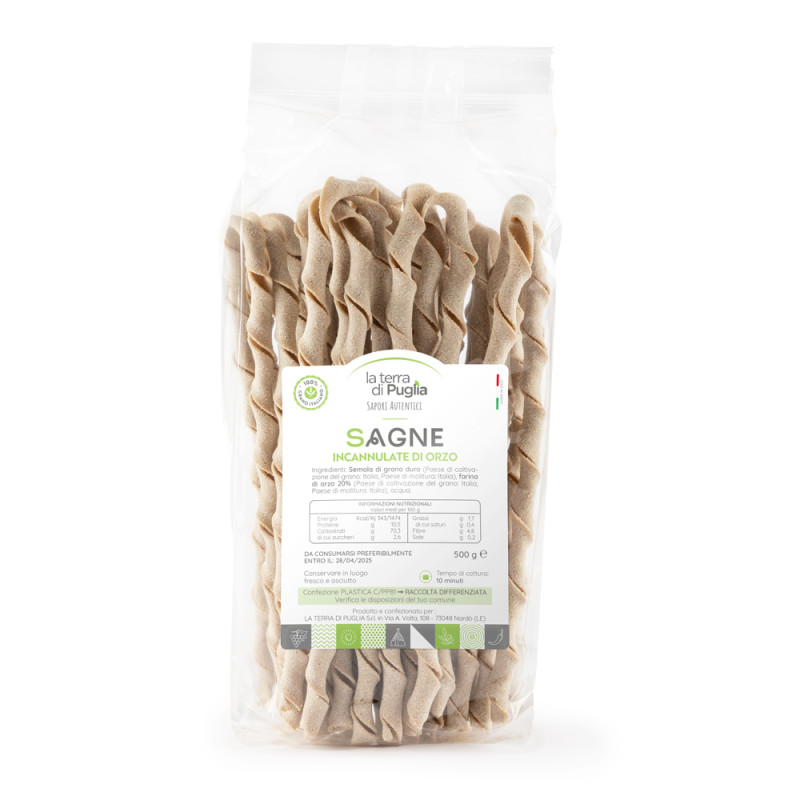Spaghetti carbonara
There are recipes from the Italian cuisine which manage to be satisfying and delicious even in their simplicity, thanks to the genius in creating a delicious combination of ingredients, or perhaps because of the versatility of a dish that can be enjoyed on any occasion. Today’s recipe is one of those that is a true triumph, for young and old: spaghetti carbonara, a dish that was originally eaten by charcoal workers, served cold, and without using cutlery. There are many variants of this dish: in Lazio, Umbria and in Campania. Here we suggest spaghetti, Pecorino cheese, eggs, olive oil, salt and pepper, wisely adding the spaghetti to the eggs and not the other way round. Are you ready to soak up the appreciation and enthusiasm of those will be sharing your meal?
Ingredients
-
extra virgin olive oil
-
salt
-
pepper

Send the recipe
Preparation
Cut the pancetta into cubes and fry in a little oil until golden brown, then turn off the heat and set aside. In a large bowl beat the eggs with the Pecorino cheese and pepper. Cook the spaghetti in salted water and, just before draining the pasta, re-heat the oil with the pancetta. Drain the pasta - cooked ‘al dente’ - and pour over the beaten egg mixture whilst the pasta is still hot. Mix well, then pour over the hot oil with the bacon and mix again. Adjust the pepper and cheese if necessary. Serve and eat hot.
Step by step
|
View the step by step
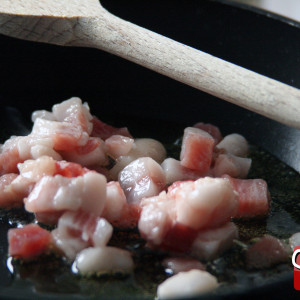
|
Brown the pancetta in oil until golden, then set aside
|
|
View the step by step
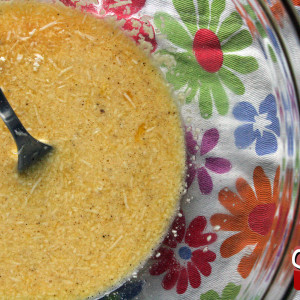
|
Beat the eggs with the Pecorino cheese and pepper
|
|
View the step by step
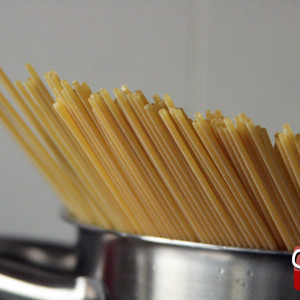
|
Cook the spaghetti in salted water
|
|
View the step by step
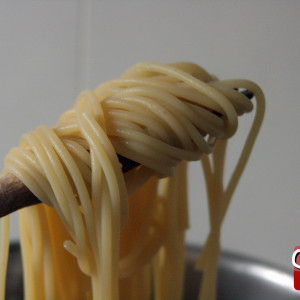
|
Cook the pasta till ‘al dente’
|
|
View the step by step
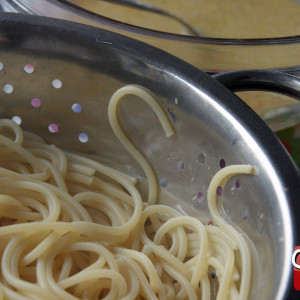
|
Drain the pasta and at the same time re-heat the pancetta
|
|
View the step by step
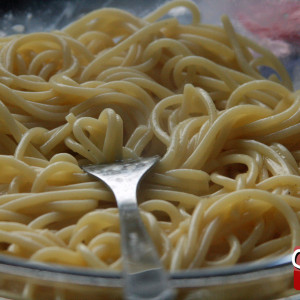
|
Pour the pasta onto the egg sauce
|
|
View the step by step
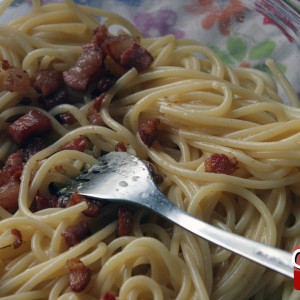
|
Pour the hot oil and pancetta onto the pasta
|
|
View the step by step
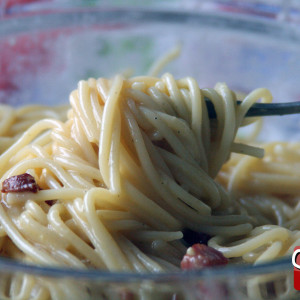
|
Add more Pecorino cheese and pepper if necessary
|
|
View the step by step
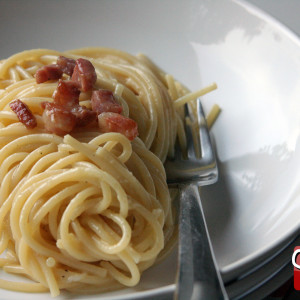
|
Serve hot
|
|
View the step by step
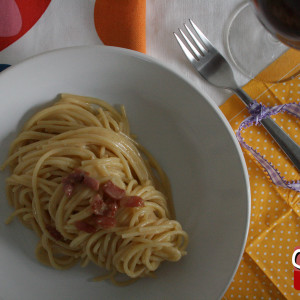
|
The dish is finished and ready to serve
|



